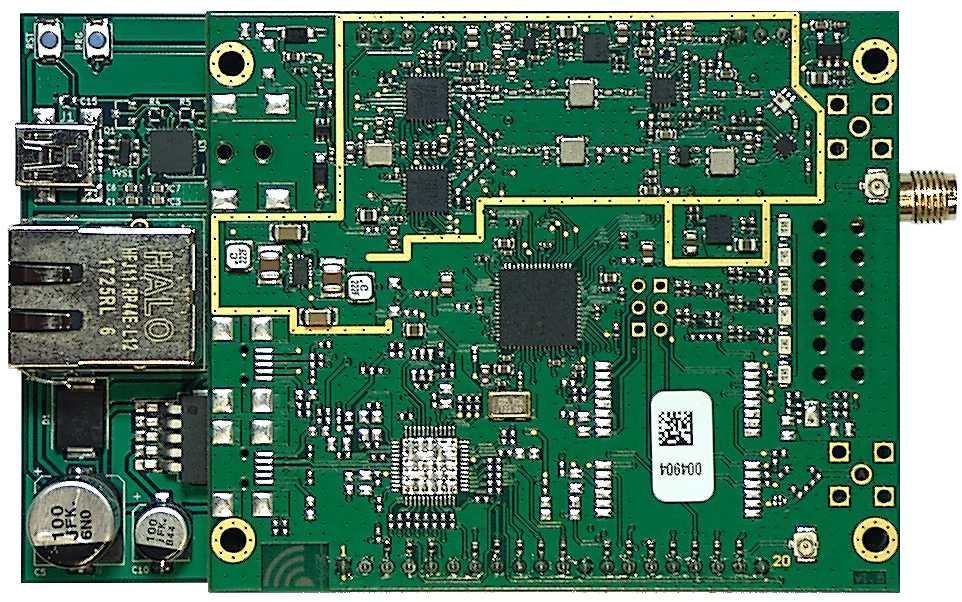

- DROPBEAR SSH GATEWAY INSTALL
- DROPBEAR SSH GATEWAY MANUAL
- DROPBEAR SSH GATEWAY CODE
- DROPBEAR SSH GATEWAY DOWNLOAD
Also you will find a file named log, where you find possible errors while processing mkinitramfs.

So you can check out if everything is really included. This will end up with a file test1 which is the initrd image and a directory test_1 which holds the unpacked initrdfs. & cd `echo -n $test |sed s/test/test_/` \ & mkdir `echo -n $test |sed s/test/test_/` \
DROPBEAR SSH GATEWAY CODE
gz'Įxit 72 # Changelog 0.9.1: # - add /lib/libnsl.so.1 (thanks Gijs) # Changelog 0.9a: # - further code clean-up # Changelog 0.9: # - added quotes to $/scripts/local-bottom/rm_dropbear" log \ DHCP) # Changelog 1.0 # - this all is deprecated and will not be maintaind anymore Debian has its nativ solution now for this see: # /usr/share/doc/cryptsetup/Įcho 'this all is deprecated and will not be maintaind anymore Debian has its nativ solution now for this see : /usr/share/doc/cryptsetup/README.
DROPBEAR SSH GATEWAY DOWNLOAD
# Begin real processing below this line # copyright Wulf Coulmann # GNU GPL # Download me here: # get infos about this script here: # version 0.9a # The following Debian releases were tested: # 4.0r7 with version 0.8a # 5.0r0 with version 0.8a (incl. #!/bin/bash # add dropbear to the initrd to be able to mount crypto partitions from remote The initrd will hold the root pw and ssh-pub-key from the day you build it. If you didn't compile the kernel yourself, you have to run mkinitramfs and copy the initrd to /boot manually after every kernel update. That's it! If you build your next b via make-kpkg kernel_image -initrd the initrd will still hold the added functionality. It's a god idea to double one entry and change only the clone, so you can still boot the original version, if anything failes.
DROPBEAR SSH GATEWAY INSTALL
DROPBEAR SSH GATEWAY MANUAL
It's really comfortable to set this up with the debian installer if you run the installation in expert mode (just type expert at the boot prompt, and play around with manual partitioning at the debian partitioner, which is only available in the installer not at a running debian system). Yes, this should work without trouble before you go on. ) which is booting via initrd while you enter the passphrase at the local terminal.


 0 kommentar(er)
0 kommentar(er)
